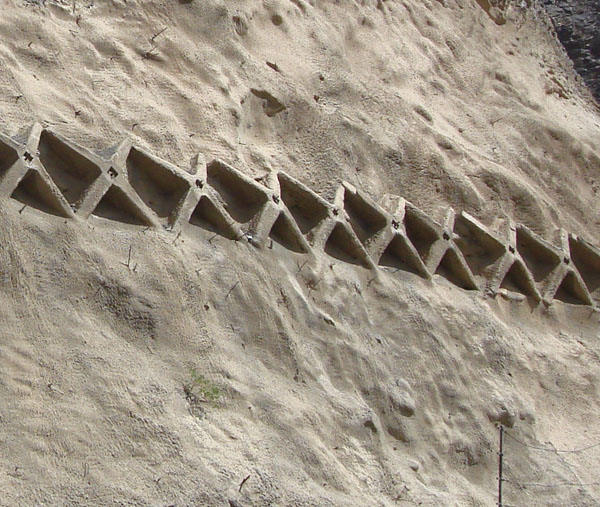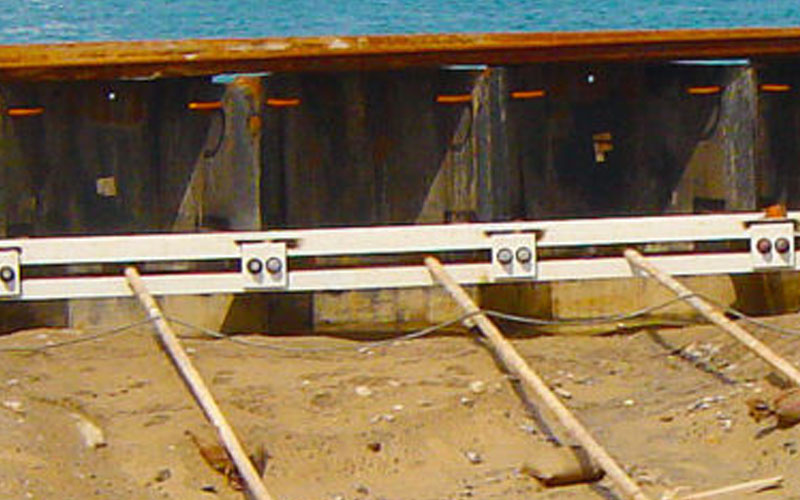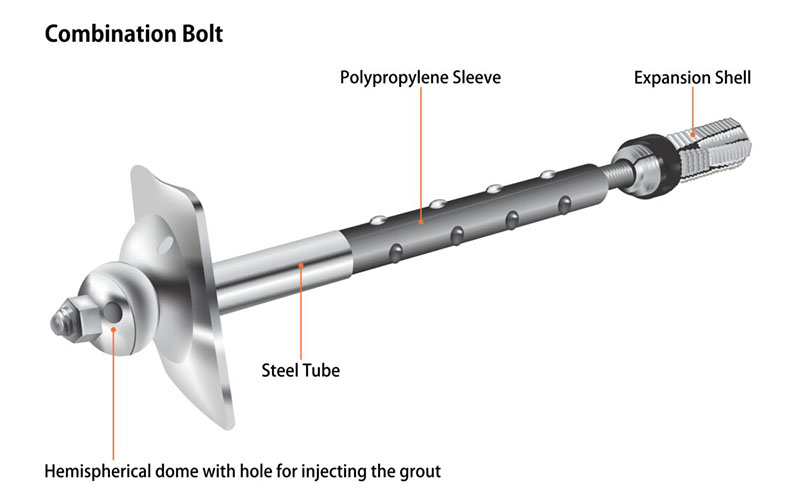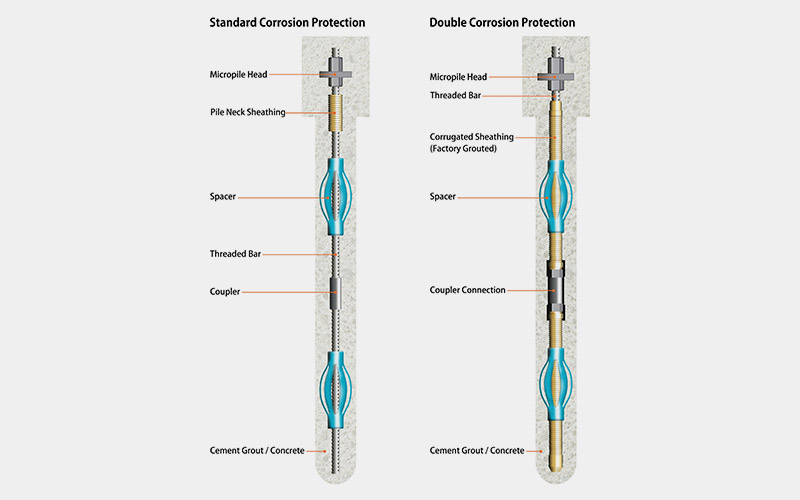
Rock Bolt and Combination Bolt Supplier in Qatar
May 27, 2021
Marine Tie Rods Application
August 27, 2021What is Soil Nailing?
Soil nailing is a passive system to stabilize slopes, deep excavations, and retaining walls, where deformations are irrelevant. The reinforcing element (threaded bar or self-drilling hollow bar) is drilled and grouted sub-horizontally in the ground. As a result of the deformation of soil or weathered rock mass, tensile and shear forces act on the reinforcement. These loads are transferred by soil nails to the surrounding soil through shear stresses along with the grout-soil interface.
Soil nailing stabilizes slopes, deep excavations, and retaining walls, where deformations are insignificant. Its applications include:
- Temporary excavation shoring
- Tunnel portals
- Roadway cuts
- Underbridge abutments
- Repair and reconstruction of existing retaining structures

Advantages of Soil Nailing
Soil nailing causes less congestion in the excavation compared to braced excavations. Further, soil nailing is flexible as easy adjustments can be made to nail inclination and location when obstructions such as boulders or underground utilities are encountered.
For construction where limited headroom is available (e.g. under a bridge), soil nailing is a preferred solution. Due to smaller equipment being used, soil nails are cost-effective at sites with remote access. Soil nail walls can be installed relatively fast.
Soil Nail (Reinforcing Element) Types:
Threaded Bar Soil Nails
Temporary Soil Nails (up to 2 years): The soil nail head consists of a domed (formed) / flat plate, spherical/hex nut & a single hot rolled bar with continuous thread that serves as the steel reinforcement. Hot-dip galvanized soil nails can be employed for projects where higher design working life is required.
Permanent Soil Nails (up to 100 years): Thread bars with Double Corrosion Protection (DCP) produced by pre-grouting the thread bar in the factory serve as the reinforcing element.
Self-Drilling Hollow Bar Soil Nails
In unstable soils where a casing is needed, self-drilling soil nails are a preferred alternative to coarse threaded solid bars. The hollow bar simultaneously acts as the drilling rod (with lost drill bit), grouting tube, and reinforcement bar (tendon). This eliminates the need for multi-stage grouting & additional work.




